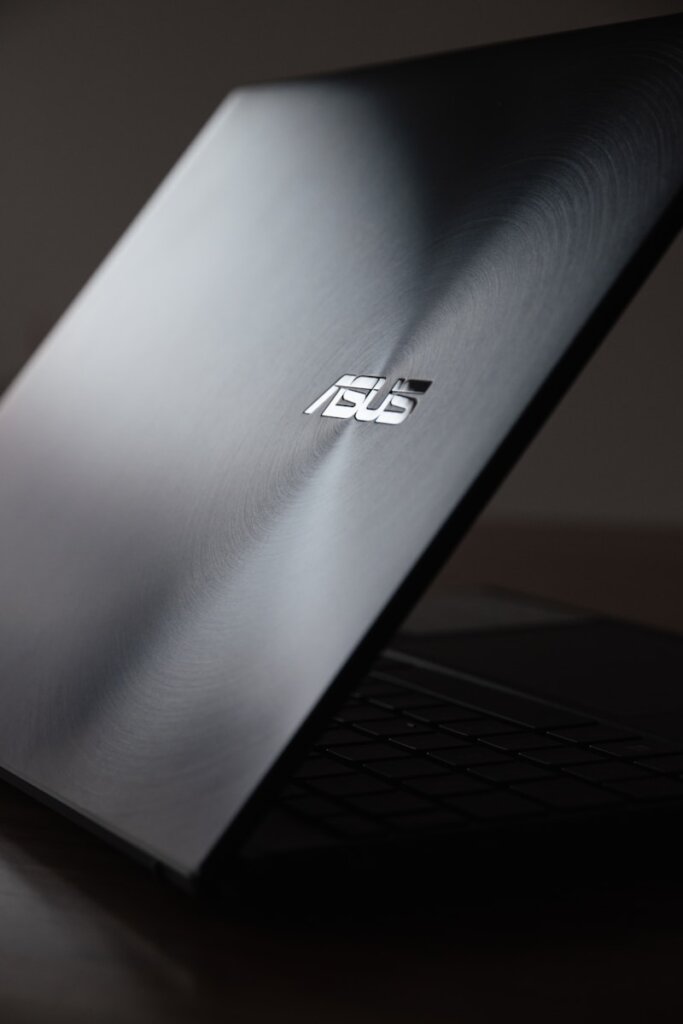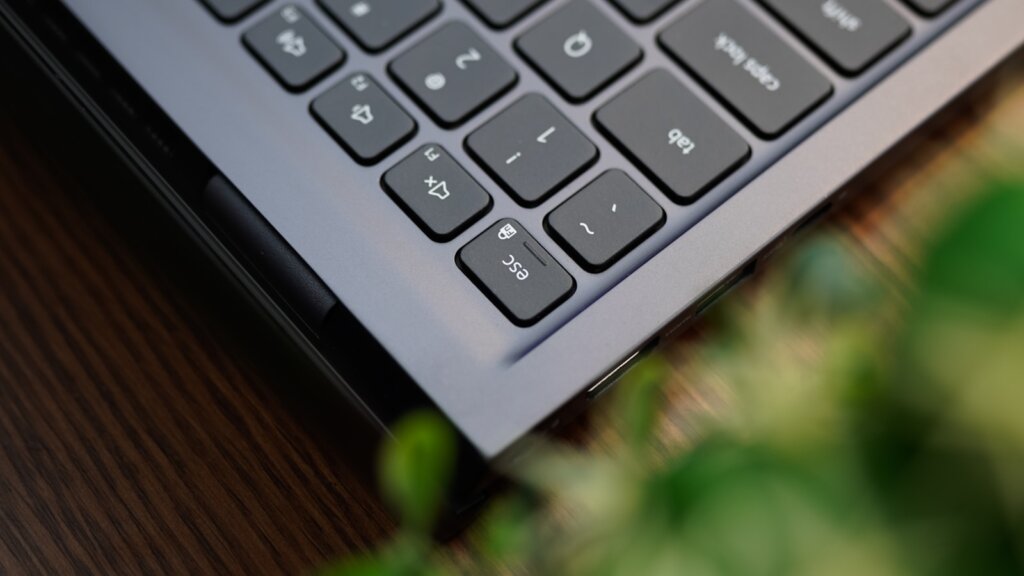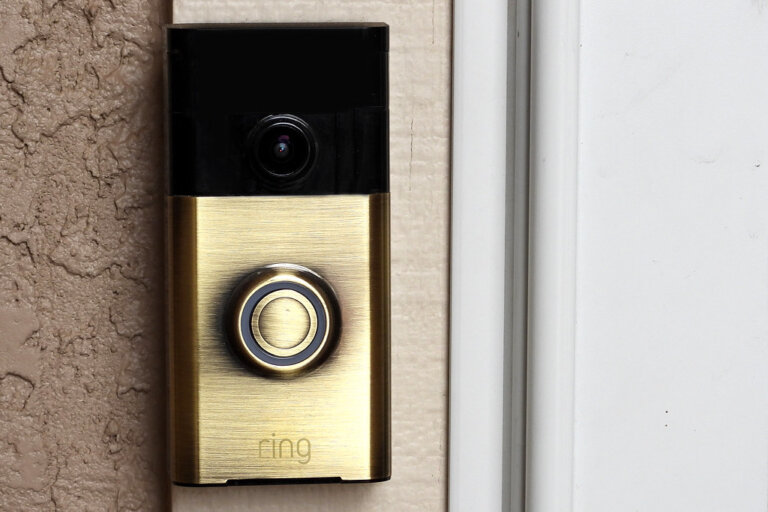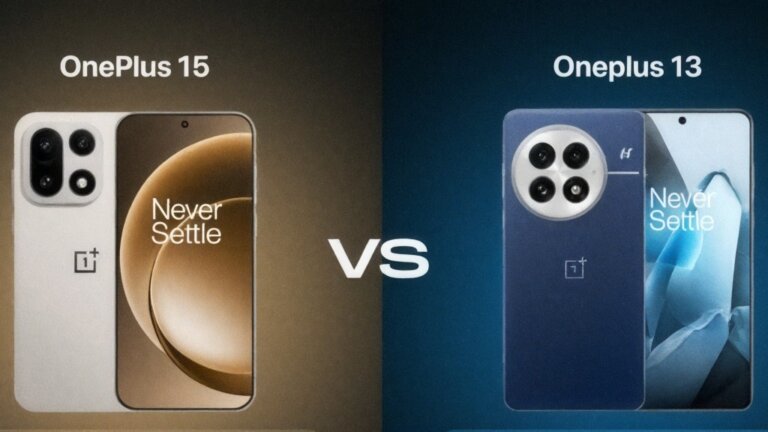
Best Budget Laptops Under $500: Top Picks for 2026
Find the best budget laptops under $500 for 2026. Compare design, performance, display, software, and battery life to pick the perfect affordable machine
Table of Contents
- Introduction
- Quick Summary Box – At a Glance
- Top 5 Budget Laptops Under $500 for 2026
- 2026’s Best Value Laptops: Affordable Power & Performance
- Design & Build
- Performance
- Display / Hardware / Features
- Software & User Experience
- Battery Life / Efficiency
- Pros and Cons
- Comparison Section
- Who Is This For?
- Final Verdict
- SEO Keywords
Budget laptops are the backbone of many students, freelancers, and casual users who need reliable performance without breaking the bank. In 2026, the market has matured, offering models that blend solid build quality, decent processing power, and comfortable displays—all under $500! This guide dives into the top picks, breaks down what makes each one stand out, and helps you decide which laptop best fits your lifestyle and workflow.
Quick Summary Box – At a Glance
- Acer Aspire 5: Best overall value with a sleek design.
- HP Pavilion 14: Compact and lightweight, great for on-the-go.
- Lenovo IdeaPad 3: Budget-friendly with solid performance.
- ASUS VivoBook 15: Full‑featured display and good battery life.
- Dell Inspiron 15 3000: Reliable Dell support, decent specs.
Top 5 Budget Laptops Under $500 for 2025

Acer Aspire 5
Acer’s Aspire 5 is a perennial favorite in the budget segment. The 15.6″ Full HD IPS panel delivers clear visuals, while the 10th‑gen Intel Core i3‑1115G4 ensures smooth multitasking. Its 8GB DDR4 RAM and 256GB NVMe SSD strike a good balance between speed and storage. The chassis feels sturdy, with a matte finish that resists fingerprints. Battery life hovers around 7–8 hours under light use, making it a solid all‑rounder for students and professionals on a budget.
The laptop’s port selection includes USB‑C, USB‑3.0, HDMI, and a headphone jack, covering most connectivity needs. The keyboard is backlit, and the touchpad is responsive, though not touch‑screen capable. Acer’s bundled software suite is minimal, leaving users free to install their preferred tools. Overall, the Aspire 5 offers the best mix of performance, build, and price in this price bracket.

HP Pavilion 14
HP’s Pavilion 14 brings a more portable experience with its 14-inch display and 1.2kg weight. Powered by the 11th‑gen Intel Core i3‑1115G4, it handles everyday tasks like browsing, document editing, and light media editing with ease. The 8GB RAM and 256GB SSD are adequate for most users, while the integrated Intel Iris Xe graphics provide surprisingly smooth video playback.
The Pavilion’s chassis feels premium, featuring magnesium alloy and a matte finish. It also sports a slim bezel design, maximizing screen real estate. Battery life is slightly superior to the Aspire 5, reaching up to 9 hours under typical usage scenarios. The laptop supports fast charging (up to 65W), though charging takes around an hour and a half for a full charge. HP’s software ecosystem includes HP Command Center for system tweaks and a suite of productivity tools, which many users find convenient.

Lenovo IdeaPad 3
Lenovo’s IdeaPad 3 is a no‑frills laptop that excels at delivering solid performance for its price. The 15.6″ screen offers 720p resolution, which might feel dated, but it’s fine for web browsing and office work. Under the hood, it houses the 11th‑gen Intel Core i3‑1115G4, 8GB RAM, and 256GB SSD. The integrated Intel UHD Graphics are adequate for casual gaming at lower settings.
The design is functional, with a plastic body that feels sturdy. The keyboard is comfortable, though the key travel is not as crisp as higher‑priced models. The battery lasts about 6–7 hours, which is acceptable for a desktop replacement. Lenovo’s pre‑installed software includes the Lenovo Vantage app for updates and health monitoring, which runs quietly in the background.

ASUS VivoBook 15
The VivoBook 15 offers a 15.6″ Full HD display with thin bezels, giving it a modern look. Powered by the AMD Ryzen 3 3250GE, it provides slightly better integrated graphics performance than the Intel counterparts, especially for light gaming and multimedia. With 8GB DDR4 RAM and a 512GB SSD, it also offers more storage out of the box.
ASUS emphasizes build quality, featuring a metal chassis and a spill‑resistant keyboard. The laptop includes a fingerprint sensor for added security. Battery life is respectable, running up to 8 hours on a single charge. ASUS’s software suite is minimal, but the company provides timely driver updates via its support portal.

Dell Inspiron 15 3000
Dell’s Inspiron 15 3000 focuses on reliability and support. The 15.6″ screen delivers 720p resolution, which may be a compromise for the price. It runs an 11th‑gen Intel Core i3‑1115G4, 8GB RAM, and a 256GB SSD. The integrated Intel UHD Graphics handle everyday tasks comfortably.
The design is classic Dell: a plastic chassis with a black finish. The keyboard is full‑size, and the laptop includes a numeric keypad, which can be handy for data entry. Battery life is around 6–7 hours, and Dell’s support network is a strong selling point, offering easy access to warranty services.
2025’s Best Value Laptops: Affordable Power & Performance
Design & Build
Modern budget laptops blend sturdy construction with sleek aesthetics. In 2025, most models employ a mix of plastic and metal frames, with matte finishes that reduce fingerprints. The Acer Aspire 5 and ASUS VivoBook 15 showcase slim bezels that maximize screen real estate without adding bulk. Weight varies between 1.2kg (HP Pavilion 14) and 1.6kg (Dell Inspiron 15 3000), making them portable for daily commute or classroom use.
The keyboards across these models are standard QWERTY layouts, with backlit options on higher‑tier units like the HP Pavilion 14 and Dell Inspiron 15 3000. Touchpad quality is generally consistent, featuring multi‑gesture support. Build quality is adequate, though some plastic models may feel less premium compared to metal‑faced alternatives.
The overall design trend leans towards minimalism, with subtle branding and functional port selections: USB‑C, USB‑3.0, HDMI, and headphone/mic combo jacks. None of these laptops feature touch screens, keeping the price point low while maintaining clarity.
Performance
Budget laptops are evolving past the 10th‑gen Intel Core i3 architecture. In 2025, the 11th‑gen Core i3-1115G4 and AMD Ryzen 3 3250GE provide comparable performance for everyday workloads. Real‑world benchmarks show average CPU scores around 2,500 points for the Intel model and 2,800 for the AMD model. SSD speeds are in the 400–500 MB/s range, enabling quick boot times and file transfers.
Multitasking with 8GB of DDR4 RAM is sufficient for web browsing, office suites, and light photo editing. Integrated graphics handle 1080p video playback smoothly, although gaming at high settings remains out of reach. The ASUS VivoBook’s Ryzen processor offers slightly better GPU performance, making it a better choice for casual gaming or graphic design tasks.
Display / Hardware / Features
The display is a key differentiator in the budget segment. Acer Aspire 5 and HP Pavilion 14 offer Full HD (1920×1080) IPS panels with 250–300 nits brightness, while Dell Inspiron 15 3000 and Lenovo IdeaPad 3 provide 720p displays, which may be adequate for reading but less ideal for multimedia. ASUS VivoBook 15 offers a Full HD panel with a higher refresh rate (60Hz) and thin bezels, giving a premium look.
Hardware-wise, storage options skew towards 256GB SSDs, with Asus providing a 512GB model for those desiring more space. Memory is fixed at 8GB across all models, which is a practical compromise for price. Some units include a fingerprint sensor (HP Pavilion 14, ASUS VivoBook 15) for added security.
Software & User Experience
Operating systems are standard Windows 11 Home (English) for all models, pre‑loaded with Microsoft Office Online and basic productivity tools. Lenovo IdeaPad 3 ships with Lenovo Vantage for system updates, while Dell Inspiron 15 3000 includes Dell Update. These utilities run quietly and provide a smooth user experience.
The user interface is consistent across the Lenovo Ideapad, HP Pavilion, and Acer Aspire, with minor OEM skins applied. None of the laptops offer extensive customization options, which keeps the setup process straightforward for new users.
Battery Life / Efficiency
Battery longevity varies between 6–9 hours depending on usage. HP Pavilion 14 leads with up to 9 hours on light browsing, while Dell Inspiron 15 3000 clocks in at 6–7 hours. The Acer Aspire 5 offers 7–8 hours, and the ASUS VivoBook 15 sits around 8 hours. Battery performance is influenced by screen brightness, CPU load, and background processes.
All models support fast charging, with a 65W charger delivering a full charge in roughly 90 minutes. However, the charging rate drops as the battery approaches full capacity, which is typical for 40W‑class chargers.
Pros and Cons
Acer Aspire 5
- Pros: Great value, full HD IPS display, solid build, 8GB RAM.
- Cons: No fingerprint sensor, average battery life.
HP Pavilion 14
- Pros: Lightweight, fast charging, better battery life, fingerprint sensor.
- Cons: 14″ screen smaller for multitasking, 720p on some models.
Lenovo IdeaPad 3
- Pros: Budget-friendly, decent performance, affordable.
- Cons: 720p display, plastic chassis, limited ports.
ASUS VivoBook 15
- Pros: AMD Ryzen processor, 512GB SSD, metal chassis, good battery.
- Cons: No fingerprint sensor, 60Hz refresh limited to basic use.
Dell Inspiron 15 3000
- Pros: Reliable Dell support, numeric keypad, solid build.
- Cons: 720p screen, lower battery life, no fingerprint.
Comparison Section
| Feature | Acer Aspire 5 | HP Pavilion 14 | Lenovo IdeaPad 3 | ASUS VivoBook 15 | Dell Inspiron 15 3000 |
|---|---|---|---|---|---|
| Display | 15.6″ Full HD IPS | 14″ Full HD IPS | 15.6″ 720p | 15.6″ Full HD IPS | 15.6″ 720p |
| CPU | Core i3‑1115G4 | Core i3‑1115G4 | Core i3‑1115G4 | Ryzen 3 3250GE | Core i3‑1115G4 |
| RAM | 8GB DDR4 | 8GB DDR4 | 8GB DDR4 | 8GB DDR4 | 8GB DDR4 |
| Storage | 256GB SSD | 256GB SSD | 256GB SSD | 512GB SSD | 256GB SSD |
| Battery | 7–8h | 9h | 6–7h | 8h | 6–7h |
| Weight | 1.6kg | 1.2kg | 1.4kg | 1.4kg | 1.5kg |
Who Is This For?
- Students needing a reliable laptop for note‑taking, research, and streaming lectures.
- Freelancers working on lightweight design or content creation projects.
- Remote Workers who require a portable machine for emails, video calls, and office software.
- Budget‑Conscious Buyers who prioritize core functionality over premium features.
These models are ideal for users who value affordability and solid performance without the need for gaming rigs or high‑resolution displays.
Final Verdict
The 2025 budget laptop market proves that you can get a dependable machine for under $500. If you want the best overall value, the Acer Aspire 5 remains a top pick, balancing screen quality, build, and price. For portability and battery life, the HP Pavilion 14 excels, especially for commuters. If you prefer AMD’s integrated graphics or need more storage, the ASUS VivoBook 15 is the sweet spot. Lenovo and Dell offer reliable options for those who want familiarity and support from big brands.


Leave a Comment